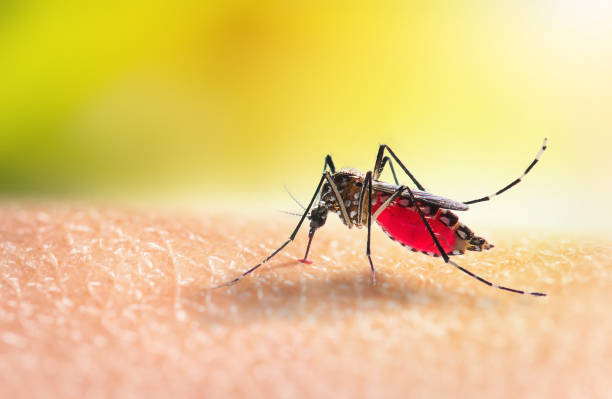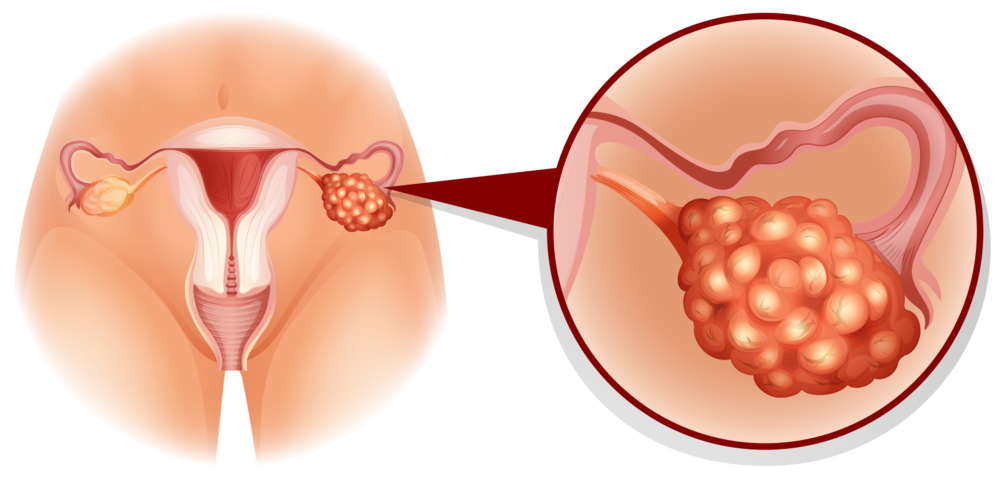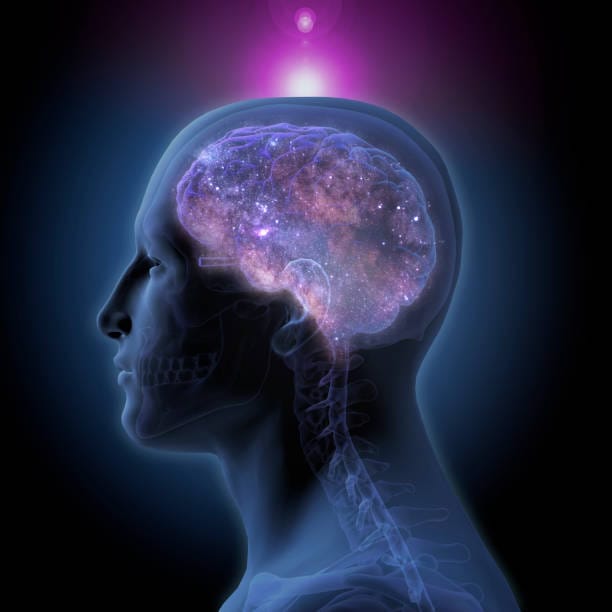Few diseases have shaped human history as profoundly as malaria. For thousands of years, this parasitic illness has stalked humanity, leaving behind trails of suffering, poverty, and death. Ancient civilizations knew its shadow—Greek physicians described fevers that came and went with uncanny regularity, and the name “malaria” itself comes from the Italian words mal aria, meaning “bad air,” a reflection of the belief that swampy mists carried the disease.
Yet, while we now know that malaria is not born of foul air but of parasites carried by mosquitoes, it continues to remind us of our vulnerability. Despite modern medicine, malaria still claims hundreds of thousands of lives every year, primarily in regions of Africa, Asia, and Latin America. It is both preventable and treatable, yet deeply tied to poverty, environment, and global inequality.
To truly understand malaria is to understand the intricate dance between parasite, vector, and human host—a deadly cycle that continues to this day.
What Is Malaria?
Malaria is an infectious disease caused by protozoan parasites of the genus Plasmodium. Unlike bacterial or viral infections, malaria is the result of a parasitic invasion that takes residence inside red blood cells. It is transmitted primarily through the bite of an infected female Anopheles mosquito, which serves as the parasite’s vector.
What makes malaria particularly insidious is its cyclical nature. Once inside the human body, the parasites invade the liver, multiply silently, and then burst into the bloodstream, where they infect red blood cells. This invasion and destruction of red blood cells lead to waves of fever, chills, and anemia—the hallmarks of the disease.
While malaria is preventable and treatable, its persistence in many parts of the world highlights the challenges of healthcare access, mosquito control, and drug resistance.
The Causes of Malaria
At the heart of malaria lies a parasite far older than humanity itself. Among the several species of Plasmodium that can infect humans, five are particularly significant:
- Plasmodium falciparum – The most deadly species, responsible for the majority of malaria-related deaths worldwide. It is common in sub-Saharan Africa.
- Plasmodium vivax – Widespread in Asia and Latin America. Though less deadly than falciparum, it can cause relapsing infections due to dormant liver stages.
- Plasmodium malariae – Causes long-lasting but typically milder infections.
- Plasmodium ovale – Rare but capable of causing relapses, similar to vivax.
- Plasmodium knowlesi – A zoonotic parasite found in Southeast Asia, originally infecting macaque monkeys but now affecting humans.
The Role of the Mosquito
The female Anopheles mosquito is not merely a carrier but an essential participant in malaria’s life cycle. When she bites a human to draw blood for egg production, she injects saliva that prevents clotting. If she carries Plasmodium parasites, these are transmitted along with the saliva.
Inside the mosquito, the parasite undergoes sexual reproduction and maturation before becoming infectious. Thus, the mosquito is both host and vector, an indispensable link in the transmission chain.
Environmental and Social Causes
Malaria thrives where mosquitoes thrive. Warm temperatures, stagnant water, and humid conditions create the perfect breeding grounds. This is why malaria is most prevalent in tropical and subtropical regions.
But malaria is not just an environmental disease—it is also a social one. Poverty, lack of access to healthcare, poor housing, and inadequate mosquito control all contribute to its spread. Communities without resources to protect themselves with bed nets, indoor spraying, or medical treatment remain the most vulnerable.
The Symptoms of Malaria
Malaria is sometimes called the “great imitator” because its symptoms can resemble those of many other diseases. Yet, it also has a distinct rhythm tied to the parasite’s life cycle within red blood cells.
The Classic Paroxysm
A malaria attack often follows three phases:
- Cold stage – Intense shivering and chills, sometimes with a feeling of extreme cold.
- Hot stage – High fever, often reaching 40°C (104°F), accompanied by headache, nausea, and sometimes seizures in children.
- Sweating stage – Profuse sweating as the fever breaks, leaving the patient exhausted.
This cycle typically repeats every 48 to 72 hours, depending on the species of Plasmodium.
Other Symptoms
- Fatigue and weakness due to anemia.
- Muscle aches and general malaise.
- Nausea, vomiting, and diarrhea.
- Enlarged spleen or liver in chronic cases.
Severe Malaria
Infections with Plasmodium falciparum can escalate into severe malaria, a medical emergency with high risk of death. Complications include:
- Cerebral malaria – Seizures, confusion, coma due to parasite blockage of brain capillaries.
- Severe anemia – From massive destruction of red blood cells.
- Organ failure – Especially involving the kidneys and liver.
- Respiratory distress – From fluid buildup and metabolic acidosis.
Without immediate treatment, severe malaria can be fatal within hours or days.
The Diagnosis of Malaria
Early and accurate diagnosis is essential to prevent complications and death. Malaria can be suspected based on symptoms and travel history, but definitive diagnosis requires detection of the parasite.
Microscopy
The “gold standard” remains examination of a blood smear under a microscope. Stained blood films reveal the parasites inside red blood cells. Skilled technicians can not only confirm malaria but also identify the species and estimate parasite density.
Rapid Diagnostic Tests (RDTs)
In areas where microscopes and trained staff are unavailable, RDTs are lifesaving. These tests detect specific parasite antigens in a drop of blood, providing results in 15–20 minutes. While not as precise as microscopy, they are vital in rural and resource-limited settings.
Molecular Methods
Polymerase chain reaction (PCR) and other molecular techniques can detect malaria with high sensitivity and specificity. However, these methods are expensive and generally limited to research or specialized laboratories.
Clinical Diagnosis
In some places, malaria is still diagnosed solely on symptoms and fever patterns. While this approach is sometimes necessary, it is risky because malaria symptoms overlap with other illnesses like typhoid or influenza. Overdiagnosis can lead to misuse of drugs, while underdiagnosis can be fatal.
The Treatment of Malaria
Malaria treatment depends on the parasite species, the severity of infection, and the patient’s condition (age, pregnancy, coexisting diseases).
Uncomplicated Malaria
For most cases, especially those caused by Plasmodium falciparum, the treatment of choice is artemisinin-based combination therapy (ACT). These drugs combine fast-acting artemisinin derivatives with partner drugs to kill parasites and reduce resistance risk.
Plasmodium vivax infections may require chloroquine in regions where resistance is low, followed by primaquine to eliminate dormant liver stages and prevent relapse.
Severe Malaria
Severe malaria is a medical emergency requiring hospitalization. Treatment involves intravenous drugs such as artesunate or, where unavailable, quinine. Supportive care includes fluids, blood transfusions, oxygen, and management of complications.
Drug Resistance
One of the greatest challenges in malaria control is the parasite’s ability to develop resistance. Resistance to chloroquine and sulfadoxine-pyrimethamine has spread widely, and now there are reports of artemisinin resistance in parts of Southeast Asia. Continuous monitoring and development of new drugs are critical.
Prevention of Malaria
While treatment saves lives, prevention is the most powerful weapon against malaria.
Vector Control
- Insecticide-treated bed nets (ITNs): Sleeping under nets treated with long-lasting insecticides is one of the most effective preventive measures.
- Indoor residual spraying (IRS): Spraying homes with insecticides kills mosquitoes resting on walls.
- Environmental management: Draining stagnant water, clearing vegetation, and improving housing reduce breeding sites.
Personal Protection
Wearing protective clothing, using mosquito repellents, and avoiding outdoor exposure during peak mosquito activity reduce the risk of bites.
Chemoprevention
For travelers to malaria-endemic regions, prophylactic medications (such as atovaquone-proguanil, doxycycline, or mefloquine) are recommended. In high-risk populations like pregnant women and infants in endemic regions, intermittent preventive treatment can reduce illness and death.
Vaccines
The world’s first malaria vaccine, RTS,S/AS01 (Mosquirix), has been rolled out in parts of Africa. While it offers partial protection, it represents a groundbreaking step forward. Newer vaccine candidates, such as R21, are under development with promising results.
Malaria and Global Health
Malaria is not merely a medical issue; it is a global health challenge with economic, social, and political dimensions. It perpetuates cycles of poverty, reduces productivity, and burdens healthcare systems. Children miss school, adults cannot work, and communities remain trapped in underdevelopment.
The global fight against malaria has seen major successes—since 2000, malaria deaths have dropped significantly thanks to bed nets, improved drugs, and international campaigns. Yet progress is fragile, and resurgence can occur when funding declines or resistance spreads.
Living With and Beyond Malaria
For those in malaria-endemic regions, the disease is a constant threat. Parents fear every fever in their children could be malaria. Families keep medicines on hand, sometimes using them even without diagnosis. Survivors of severe malaria may carry long-term complications, including neurological damage.
But malaria is also a story of resilience and innovation. Scientists, healthcare workers, and communities continue to wage war against it. With sustained effort, global collaboration, and scientific breakthroughs, the dream of a malaria-free world is not impossible.
Conclusion: The Hope of a World Without Malaria
Malaria is one of humanity’s oldest enemies, a reminder of our vulnerability to nature’s smallest creatures. Yet it is also a story of human determination. From bed nets to vaccines, from traditional remedies to cutting-edge medicine, the battle against malaria reflects our ability to adapt and fight back.
The disease is preventable. It is treatable. It should not claim hundreds of thousands of lives each year, and yet it does. The challenge before us is not just scientific—it is moral. The tools exist, but the will and resources must match the need.
Health, in the shadow of malaria, means survival, resilience, and the hope for a day when the bite of a mosquito no longer threatens life. That day is within reach—if the world chooses to grasp it.






